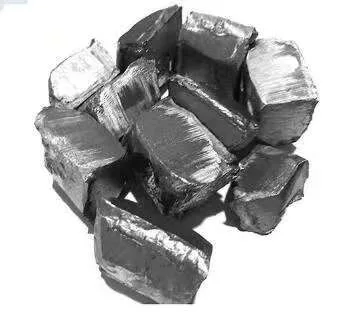
A Visual Guide to Tantalum’s Appearance and Forms
The Basics: Tantalum’s Natural and Processed Forms
You might handle tantalum daily without realizing it. In its pure form, tantalum is a dense, blue-gray metal with a slight luster, resembling platinum or tungsten. But its appearance changes dramatically depending on how it’s processed and used.
Raw Tantalum (Ore Stage – Coltan)
- Color: Black or dark brown (resembles wet sand)
- Texture: Granular, heavy mineral sand
- Where to spot it: Mixed with tin or tungsten ores in Central Africa
Refined Tantalum Metal
- Color: Silvery-blue when polished, darker gray when oxidized
- Weight: Extremely dense (16.6 g/cm³ – twice as heavy as steel)
- Surface: Develops a protective oxide layer (prevents corrosion)
How Tantalum Looks in Industrial and Consumer Products
Tantalum Capacitors (Most Common Use)
- Shape: Tiny rectangular chips or bead-like cylinders
- Color: Matte black (epoxy coating) with metallic terminals
- Size: As small as 1mm for smartphone circuits
Medical Implants
- Appearance: Smooth, gunmetal-gray rods/screens
- Key feature: Porous surface for bone integration
Chemical Equipment
- Form: Sheets or reactor linings with a dull metallic sheen
- Oxidation effect: Turns golden at 200°C, blue at 300°C
Key Identifying Features of Tantalum
Visual Clues
✔ High density (feels heavier than similar-sized steel)
✔ Oxidation colors (gold/blue/purple when heated)
✔ Non-magnetic (unlike iron or nickel)
How to Distinguish From Look-Alikes
| Metal | Color | Density | Magnetic? |
|---|---|---|---|
| Tantalum | Blue-gray | 16.6 g/cm³ | No |
| Tungsten | Silver | 19.3 g/cm³ | No |
| Niobium | Gray | 8.5 g/cm³ | No |
| Titanium | Silver | 4.5 g/cm³ | No |
Where You’ll Encounter Tantalum (Without Knowing It)
- Your smartphone: 20+ tantalum capacitors (hidden under epoxy)
- Jet engines: Heat-resistant turbine blade coatings
- Hospital OR: MRI-compatible surgical clips
Pro Tip: Shine a UV light on oxidized tantalum – it fluoresces pale blue! (Source: Tantalum-Niobium International Study Center)
